

The UX of nuclear energy
source link: https://uxdesign.cc/experience-the-nuclear-renaissance-3c1651ba200
Go to the source link to view the article. You can view the picture content, updated content and better typesetting reading experience. If the link is broken, please click the button below to view the snapshot at that time.
The UX of nuclear energy
“We often fear what we do not understand; our best defense is knowledge.”
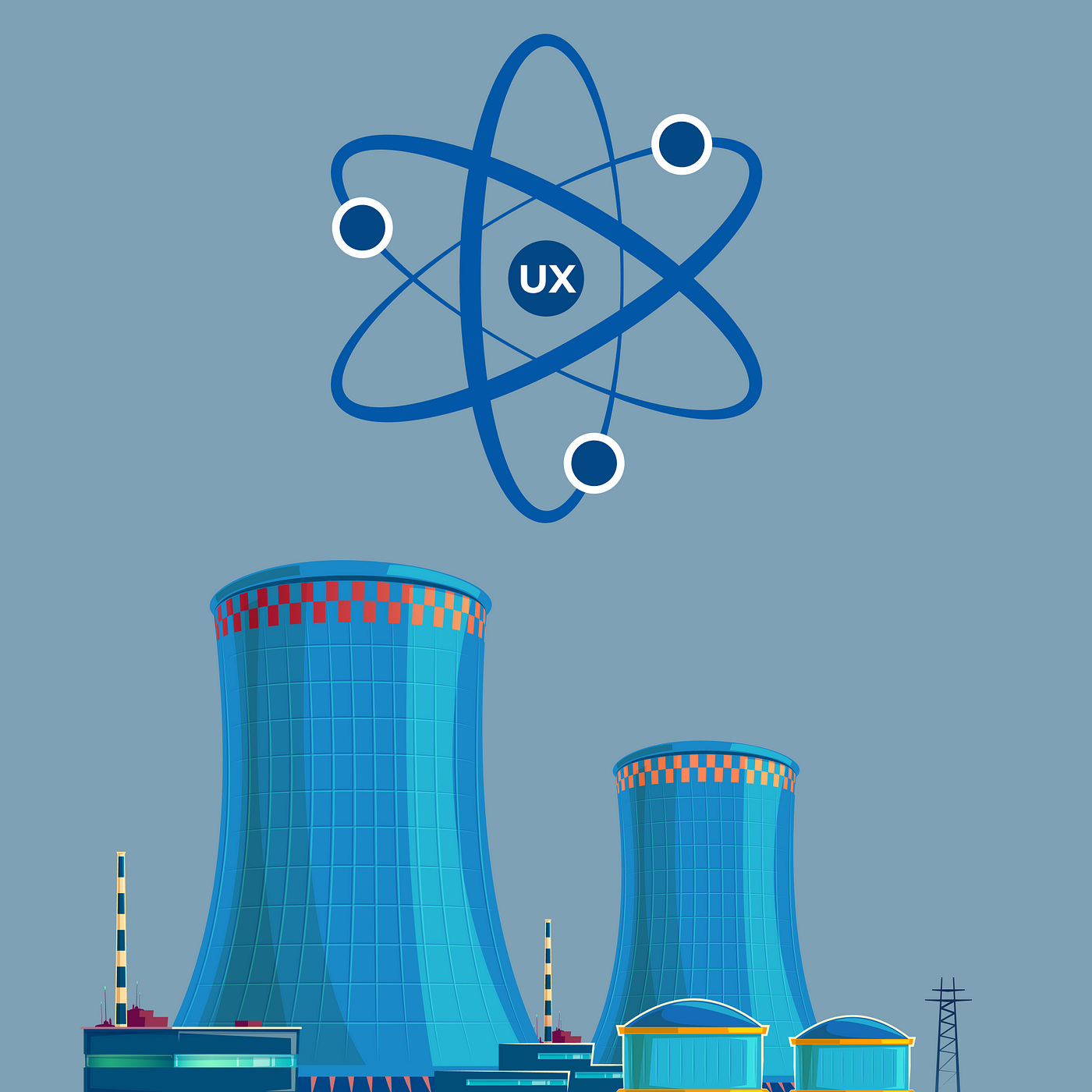
“We often fear what we do not understand; our best defense is knowledge.”
Whenever someone references nuclear energy, the first things that come to mind for most people are either weapons or nuclear accidents. When I hear someone reference nuclear energy I think of three things:
- Zero-emission clean energy
- Smallest footprint of any clean energy source
- Minimal waste
Daniel Kahneman said it best: “Our comforting conviction that the world makes sense rests on a secure foundation: our almost unlimited ability to ignore our ignorance.” It is easy to assume nuclear energy is unsafe. It becomes even easier when you have organizations like Greenpeace arguing that it is unsafe. I, like most of you, jumped to conclusions when it came to nuclear energy. I was “thinking fast” instead of slow, using my biases to determine what was “fact” versus taking the time to educate myself on the actual facts.
My flawed thinking changed when I saw Inside Bill’s Brain, a documentary about Bill Gates on Netflix. One episode delved into Bill’s investments in nuclear energy and how investing in the technology could and probably will save our planet. I was taken aback. I would have never thought nuclear energy was clean, let alone safe. The first things I thought of were the incidents at Three Mile Island, Chernobyl, and Fukushima.
Trailer for the documentary “Inside Bill’s Brain…”If this clean energy source was so safe, why did those things happen? I came to learn that they were ultimately the results of poor design. All of them could have been easily avoided if there was more investment in the user experience and the plants’ designs. If operators had been equipped with feedback systems to help users to take the right actions at the right time, accidents could have been avoided.
In this article, I will go into the Three Mile Island incident and how user experience design principles could have helped to avoid the incident altogether. I will also go over the facts about nuclear energy, how safe it is, and the role uranium plays. Utilizing nuclear reactors is our best tool to effectively fight global warming, but public acceptance of this practice will require education to undo the preconceived notions surrounding nuclear energy.
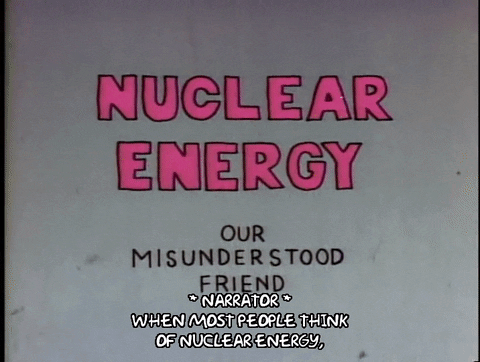
Three Mile Island
I recommend that all user experience professionals read User Friendly by Cliff Kuang with Robert Fabricant. The authors do a fantastic job of going over the Three Mile Island (TMI) incident and how it impacted the field of human-computer interaction and user-centered design. In this article, I will give a brief overview of the incident but will focus primarily on Don Norman’s Design evaluation. Norman is best known for his book, The Design of Everyday Things.
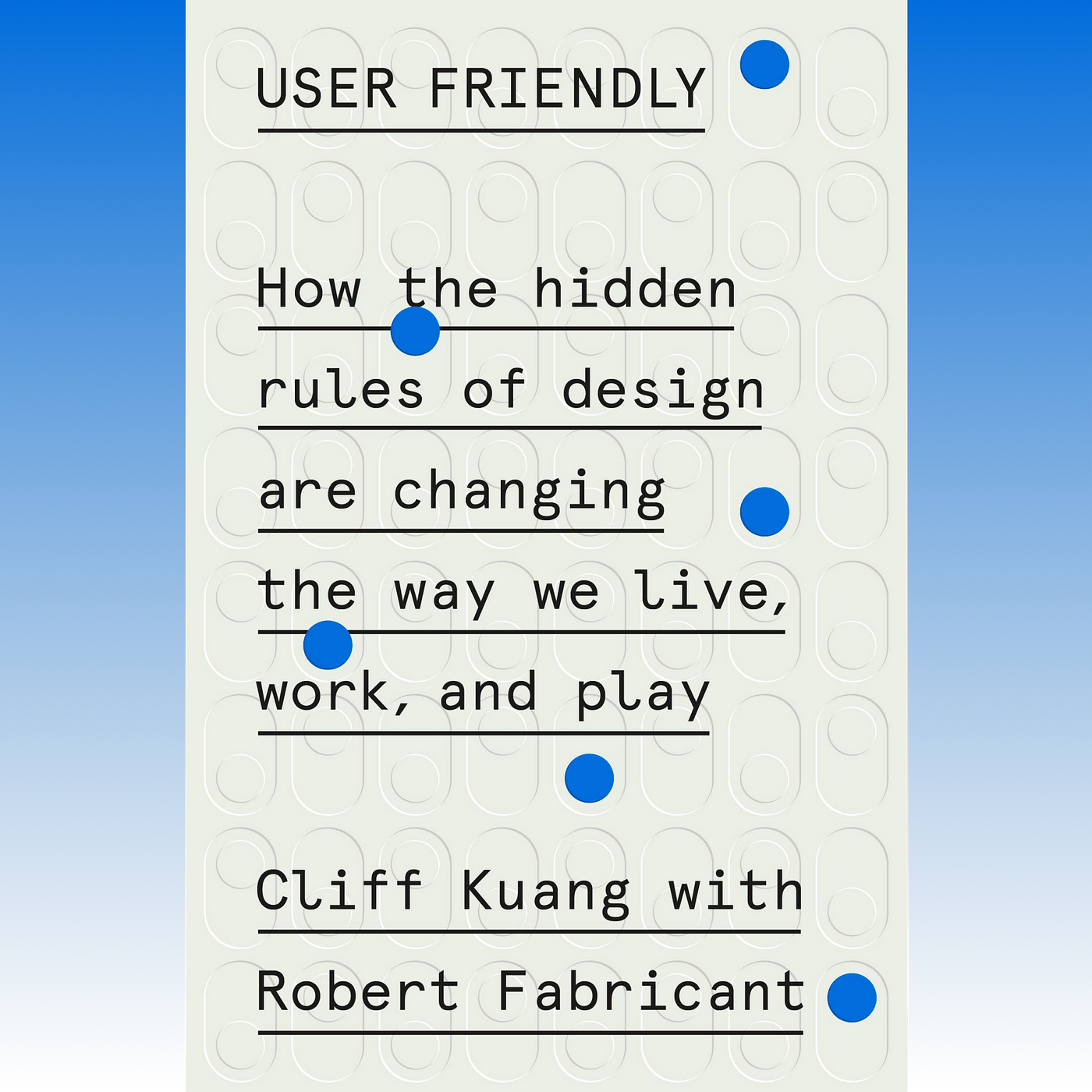
Three Mile Islandwas the home of a nuclear power plant in Pennsylvania. In 1979 there was a cooling malfunction that caused part of the core to melt in the number two reactor.
The accident was the result of the reactor operating at 97% power. The malfunction was relatively minor and the reactor shut down automatically. At this point, a release valve was supposed to close but didn’t. The instruments (system) that the operators were using to diagnose the problem failed to reveal this. The coolant that would have cooled the reactor if the valve closed continued to drain which meant the heat in the reactor wasn’t removed, resulting in severe damage.

Due to a design failure, the operators weren’t provided with the right feedback to diagnose or respond to the unplanned shutdown. The control room was the epitome of bad design. This bad design in conjunction with the stress of an emergency resulted in multiple mistakes being made by operators. However, don’t be quick to blame the operators. In times of crisis, a system should help to curtail the crisis. The flawed design of this system exacerbated the incident and caused additional stress, leading to more mistakes.
Even though the reactor was severely damaged, only a small amount of radiation was released from the plant. This radiation was not hazardous to anybody’s health. There were no injuries or health impacts. The conflicting messaging from the media while this crisis was happening resulted in an immense amount of public fear. This misinformation was the catalyst for the decline in nuclear construction and distrust of nuclear energy from the public.
One positive outcome that resulted from this accident was Don Norman’s evaluation of the system. This evaluation led to heuristics that user experience professionals utilize to this day.
Norman’s Evaluation
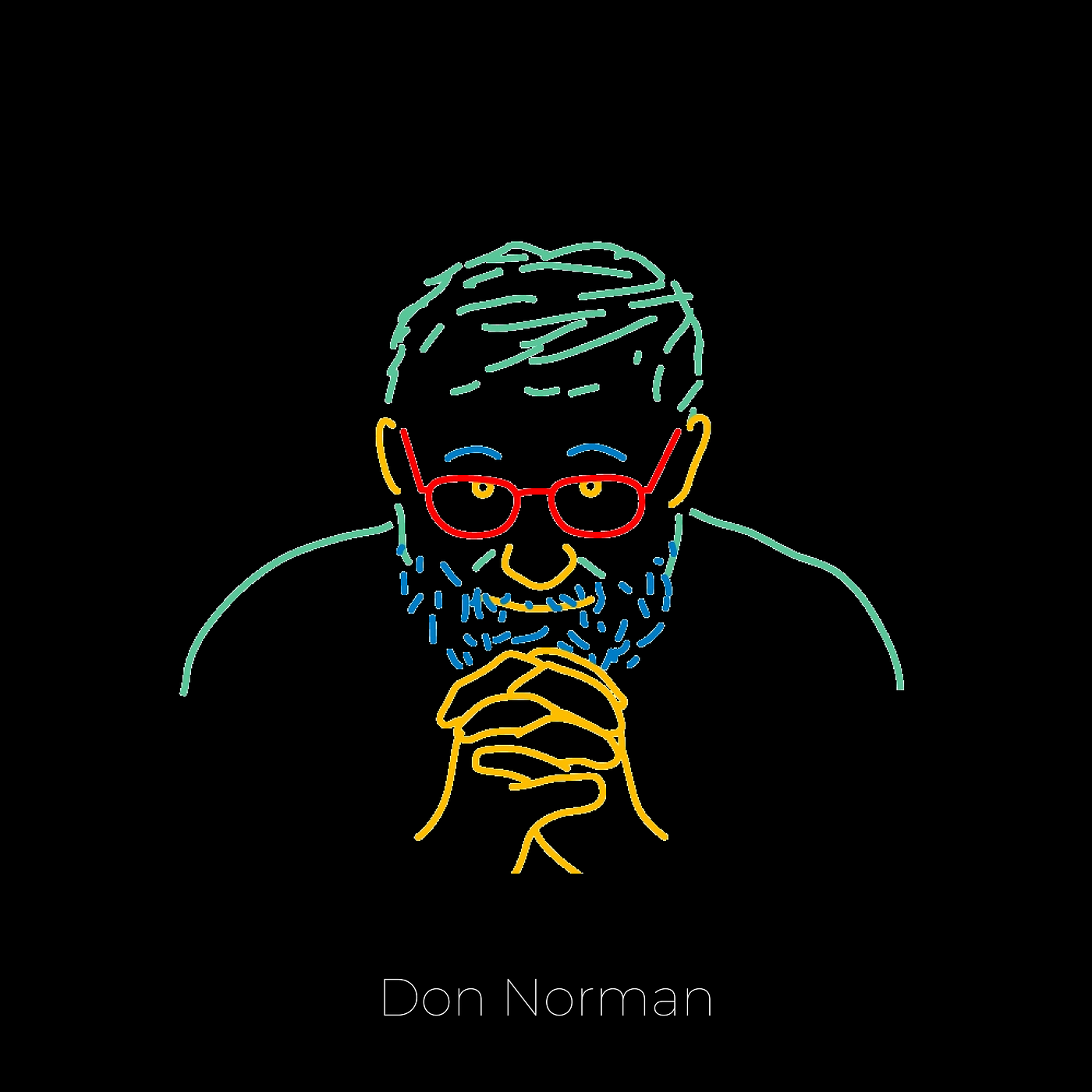
Don Norman, one of the godfathers of UX, and the individual responsible for the term user-centered design was one of the experts who investigated the meltdown.
Norman is on record saying, “The control room and computer interfaces at Three Mile Island could not have been more confusing if they had tried.” The operator’s mental model for how the systems should work and the conceptual model of how the system was actually designed were not even remotely close. This lack of alignment was made even worse due to the stress that the users faced during the crisis. In turn, operators made additional mistakes, making the situation even worse.
Norman noted that the control panel had the following issues:
- 14 different meanings for red
- 11 different meanings for green
- Lights were not grouped logically
- The plant valve alert and elevator alerts were next to each other
- The release valve did not indicate that the valve was actually closed or open
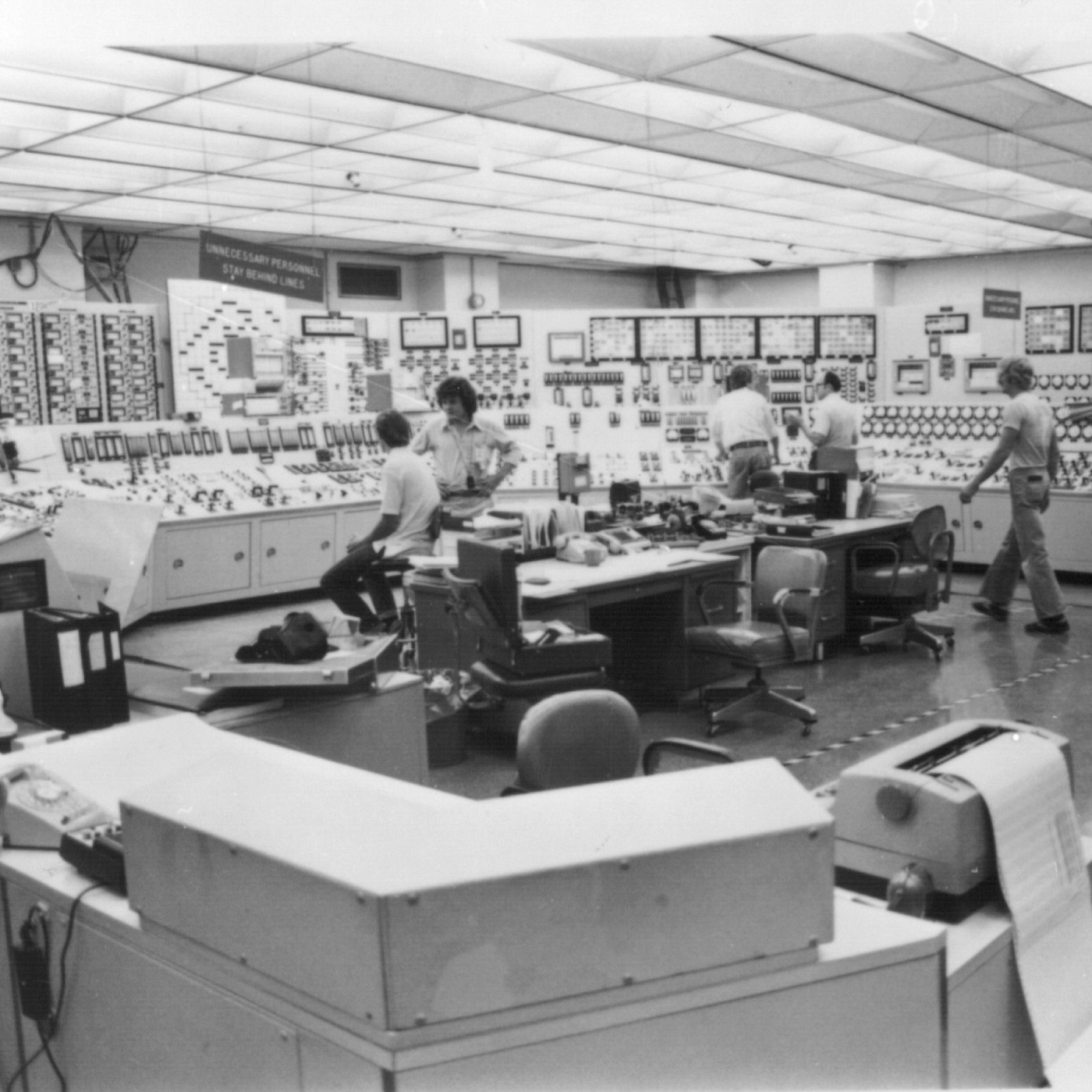
Operators reported that hundreds of alarms and lights were going off during the crisis. They rushed to figure out what was going wrong. This panel was breaking the number one rule for usability heuristics Visibility of System Status. The operators weren’t receiving the right feedback at the right time to diagnose the errors and recover from them.
I previously mentioned that the release valve was supposed to close upon the reactor shutting down. This failure is where the biggest design error occurred. The valve at the top of the reactor cooling system was so important that it got its own light and its own switch in the control room. The light was wired to a switch, not the valve itself. The light was only capable of indicating the intent of closing the valve, not that the valve itself was actually closed.
Another heuristic — a match between the system and the real world — was also not followed. The operators thought flipping the switch closed the valve when in reality the light the switch was wired to only indicated that the switch was flipped. The valve stayed open, the water boiled instead of being cooled, and the reactor core melted, resulting in its destruction.
User Experience and Nuclear Reactors
We are entering a nuclear renaissance right now. Countries across the globe are proposing building more reactors and extending the life of reactors that were supposed to be phased out. The war in Ukraine is making it apparent to world leaders that we need to utilize clean energy technology and to not depend on Russia for the cheap energy they provide via natural gas, oil, and coal.
Nuclear energy is the solution. Small Modular Reactors (SMRs) are extremely safe and utilize usability principles for all of the systems that operators use.
If we incorporate UX research methodologies like contextual inquiries, watching operators use these systems in their actual environments, we are more likely to create systems that are usable and safe. In conjunction with usability tests that simulate crises, we can make improvements to the system and make sure we identify issues that might result due to the stress of a crisis. We can create systems that help to prevent errors and that provide the users with the right feedback at the right time.
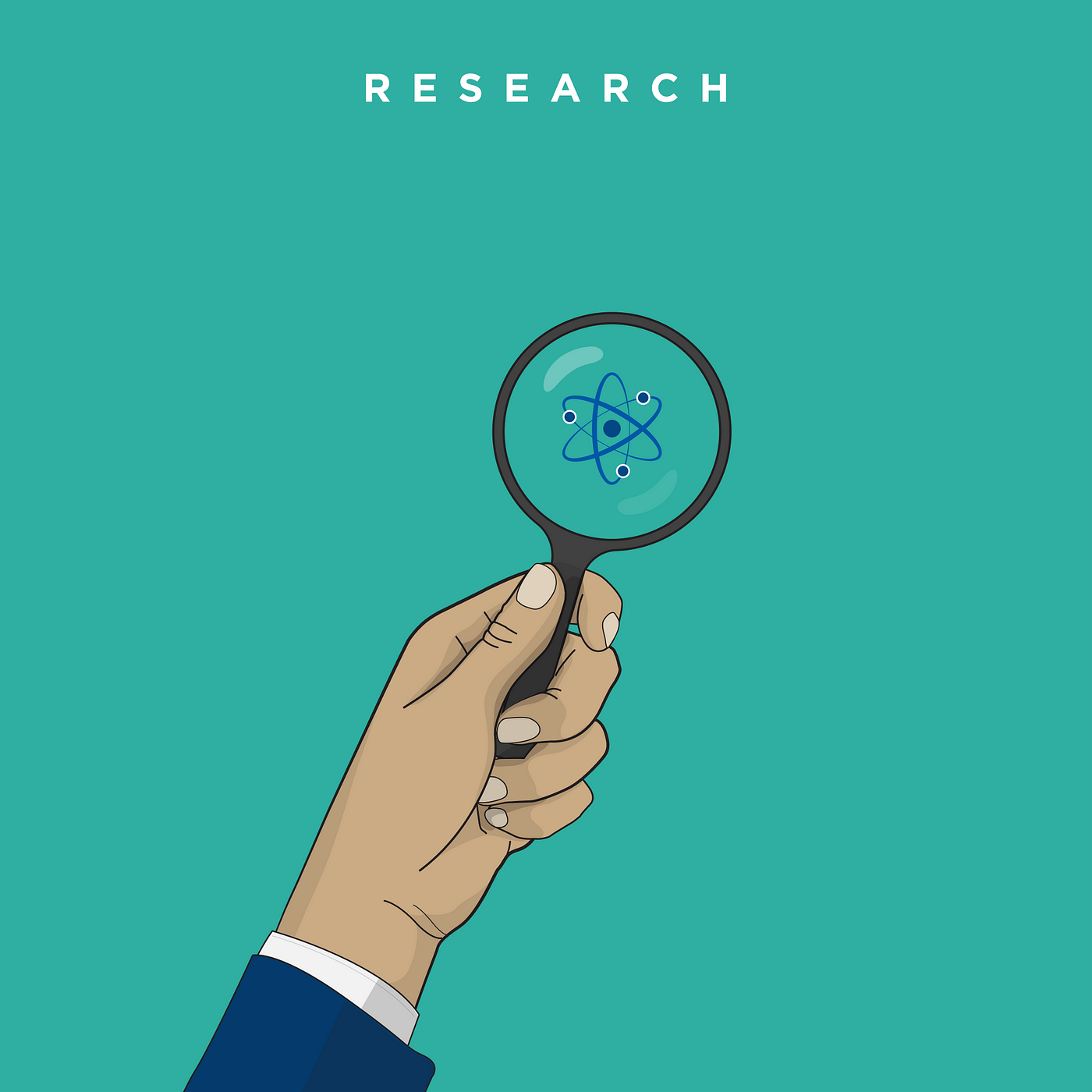
Nuclear reactors aren’t something the population should be afraid of. Everyone should embrace this technology and invest in it when possible. The rest of this article will go over the facts about nuclear energy and uranium.
Facts Not Fiction
Nuclear energy is a zero-emission clean energy source. It is the second largest source of low-carbon electricity in the world behind hydropower. By utilizing nuclear energy, the United States avoided 476 million metric tons of carbon dioxide emissions in 2019. To put this in perspective, that is the equivalent of removing 100 million cars powered by fossil fuels from the road –more than all of the other clean energy sources combined.
Nuclear energy produces more electricity on less land than any other clean energy source. A 1,000-megawatt nuclear facility requires about one square mile to operate. Wind farms would require 360 times more land and solar plants would require 75 times more land to produce the same amount of energy. We would need to create 3 million solar panels or 430 wind turbines to produce the same energy as one commercial reactor.
Uranium provides the fuel for nuclear reactors. One uranium pellet that is one inch in size produces the same amount of energy as:
- 17,000 cubic feet of natural gas
- 120 gallons of oil
- 1 ton of coal
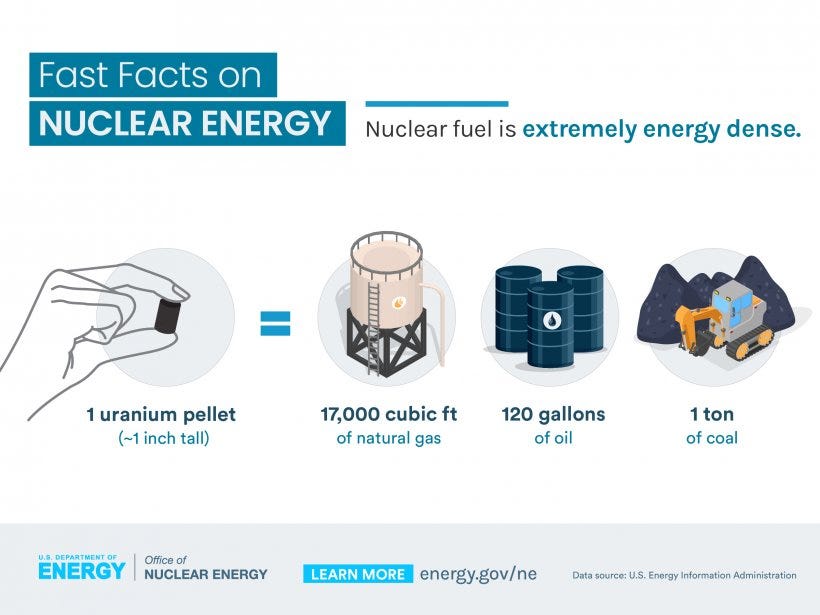
The density of nuclear fuel also allows a little to go a long way. All of the nuclear fuel used by the U.S nuclear energy industry over the last 60 years could fit on a football field at a depth less than 10 yards. The waste is not dangerous to the public due to all the regulations surrounding it and how little of it there actually is.
- 99.8% fewer deaths than brown coal
- 99.7% fewer than standard black coal
- 99.6% fewer than oil
- 97.5% fewer than gas
By utilizing nuclear energy we will actually save the lives of potential victims of fossil fuels.
Graph showing death rates from different energy producersThe Most Valuable Commodity
Uranium, the fuel for nuclear power, is currently in a supply deficit. In order to bring mines online to provide the fuel, the price of uranium will need to increase significantly. Unlike other commodities like gold, if electric utility companies don’t purchase uranium, the lights will go out. The companies will pay any price to ensure this doesn’t happen.
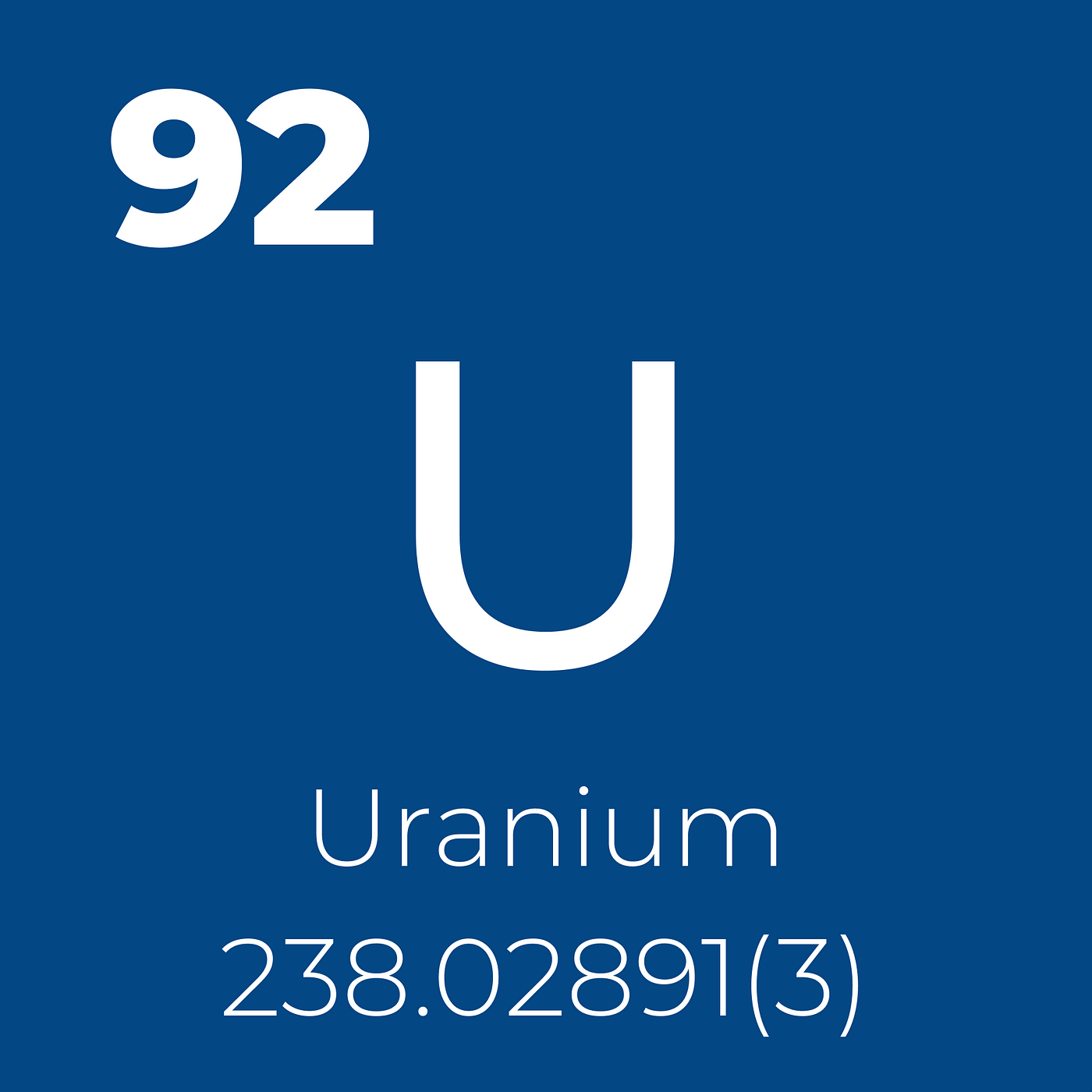
If you are looking for a way to invest in nuclear energy, investing in uranium mining companies might be a good option for you. More and more countries and organizations are coming around to uranium being an Environmental, Social, and Governance (ESG) investment. The war in Ukraine is bound to create even more of a deficit due to countries potentially implementing sanctions on importing uranium or enriching uranium via Russia.
Over the next few months, maybe even weeks, we could experience this nuclear renaissance. You can be directly involved in that renaissance either through investments or contributions towards nuclear technology. I for one am excited by the potential problems related to the industry that can be solved by user-centered design professionals.
Recommend
About Joyk
Aggregate valuable and interesting links.
Joyk means Joy of geeK